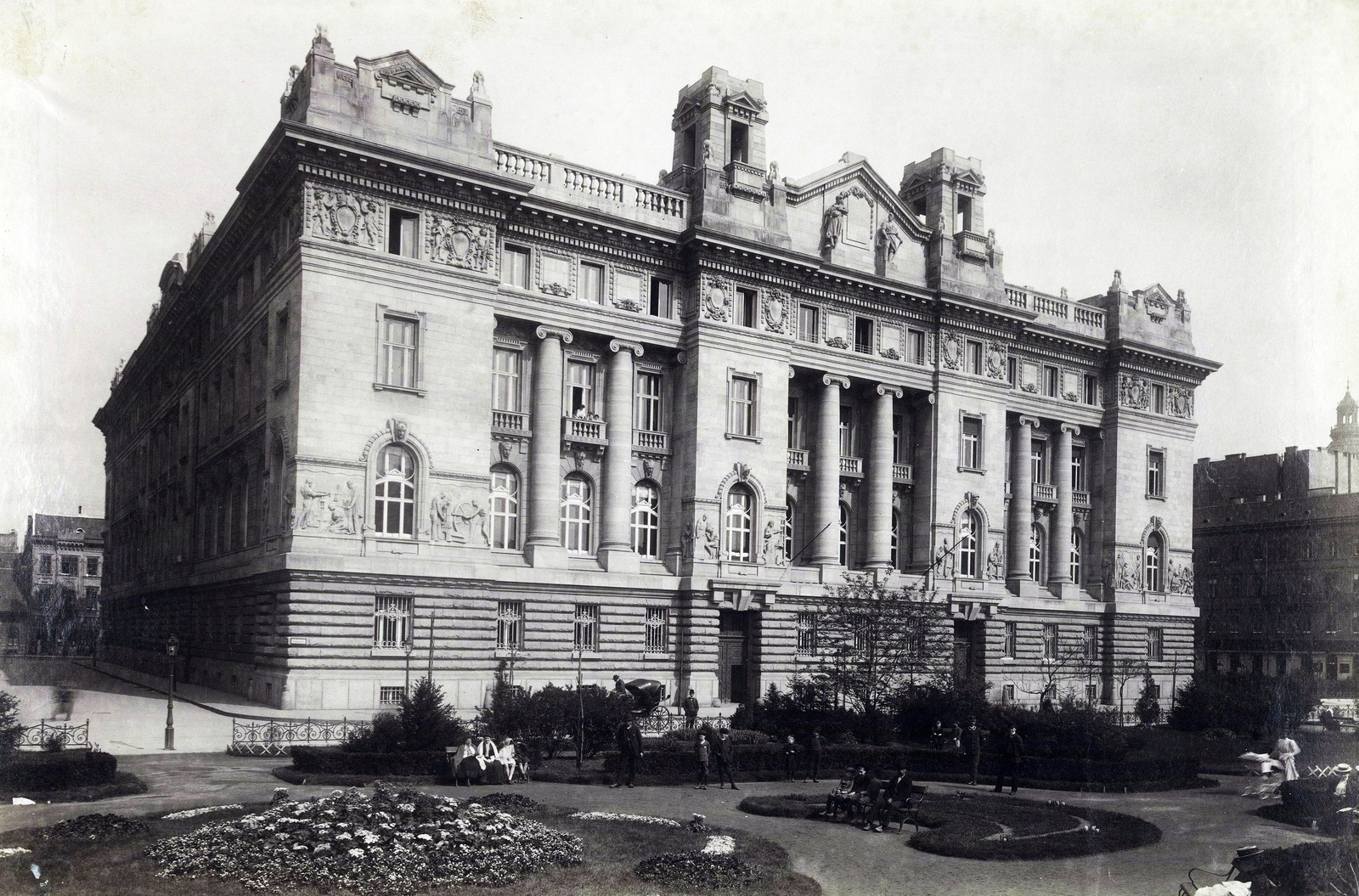The grant was offered to selected students who were able to receive their diploma after the epidemic.Continue reading
This year marks the 100th anniversary of the founding of the Hungarian National Bank (MNB), and will commemorate the past years with special programs, events, and publications.
The MNB stressed in a statement on Tuesday that the independent national bank is one of the most important symbols of Hungary’s sovereignty, and that the 12 points of the Hungarian Revolution of 1848 called for its establishment. The Hungarian National Bank, established in 1924 to regulate and supervise monetary affairs, has become one of the most important institutions of national unity.
According to the information, the centenary is linked to three dates in particular.
The law establishing the Hungarian National Bank came into force on April 26, 1924, the joint-stock company owning the central bank held its inaugural general meeting on May 24, and the central bank of Hungary actually started operating on June 24.
The special events of the MNB100 commemorative year will focus on the periods and milestones of the last 100 years that show how the bank has successfully fought for Hungarian interests throughout its history.
Furthermore, the institution has always played a fundamental role in preserving the country’s financial and economic stability,
even in years of historical challenges and in situations that threatened its basic functioning, the statement emphasized.
“A wealth of professional experience has been accumulated over 100 years at Hungary’s central bank, which the current MNB leadership has used and continues to use for the benefit of the country,” the bank said in its statement.

The building of the Austro-Hungarian Bank in 1905. Photo via Fortepan/Budapest Főváros Levéltára / Klösz György fényképei
The Hungarian National Bank lays special emphasis on its international relations and on participation in the professional forums of international economic institutions and financial organizations. Its principal aim is price stability, but it is also responsible for issuing the national currency, the Hungarian forint, controlling the money in circulation, publishing official exchange rates, and managing the foreign-exchange reserves.
Via MTI, Featured image via Wikipedia